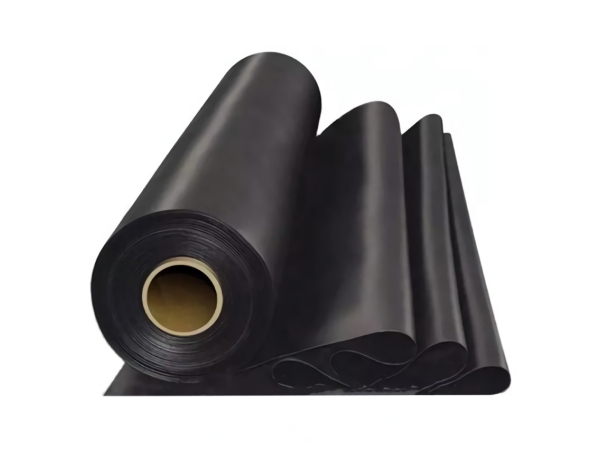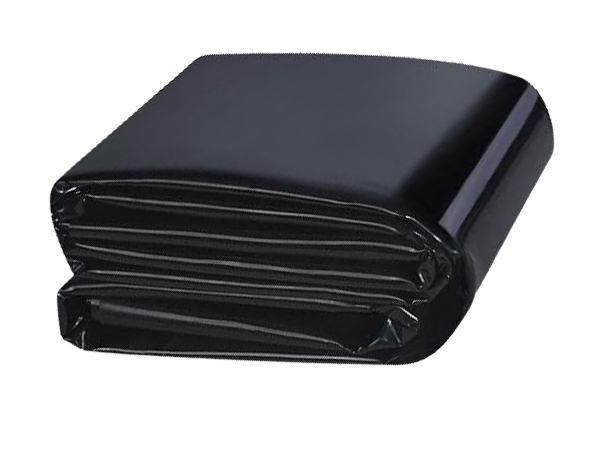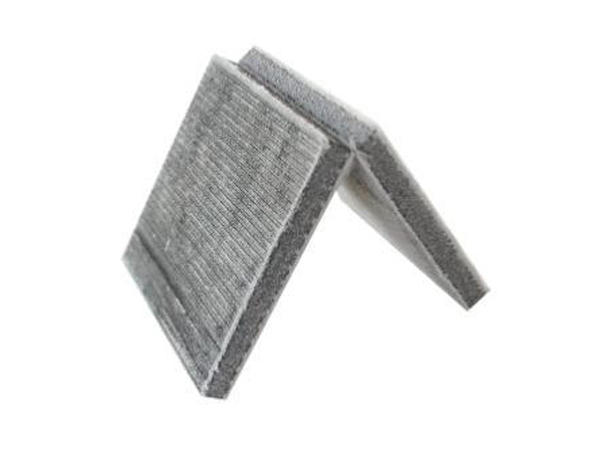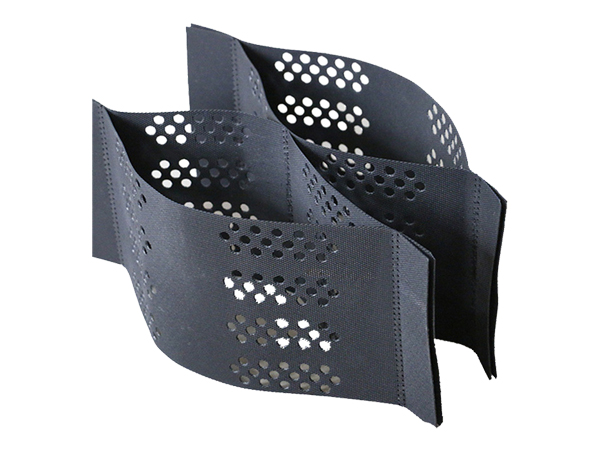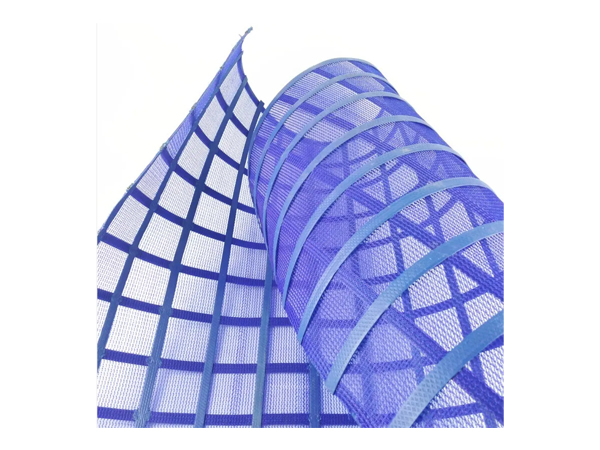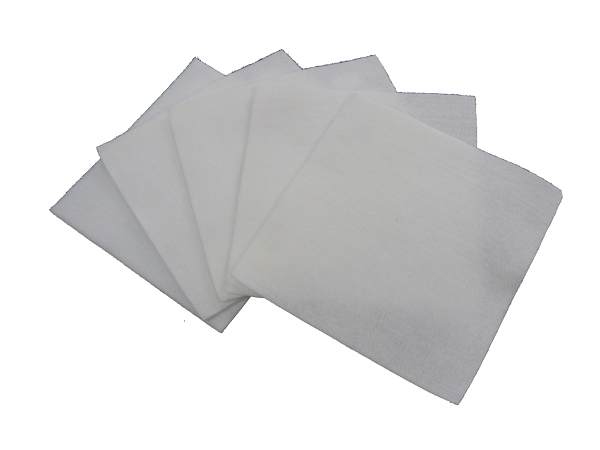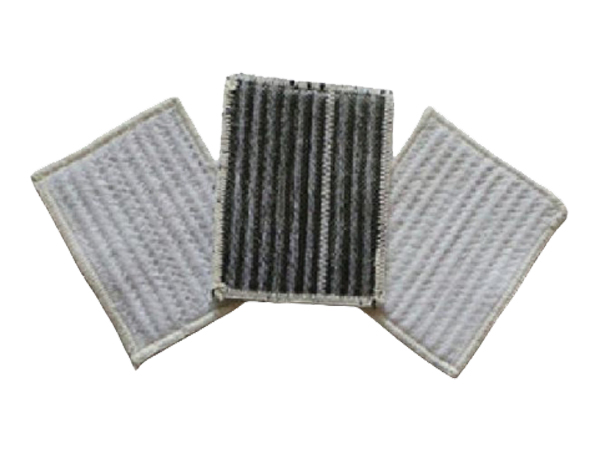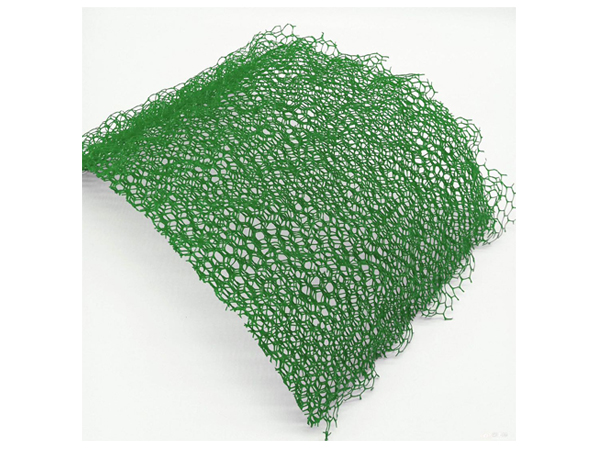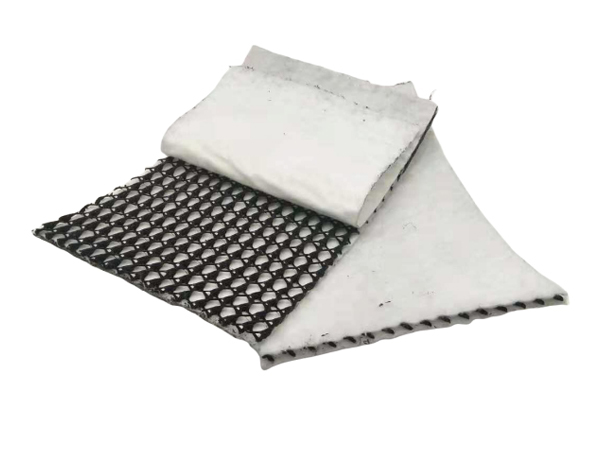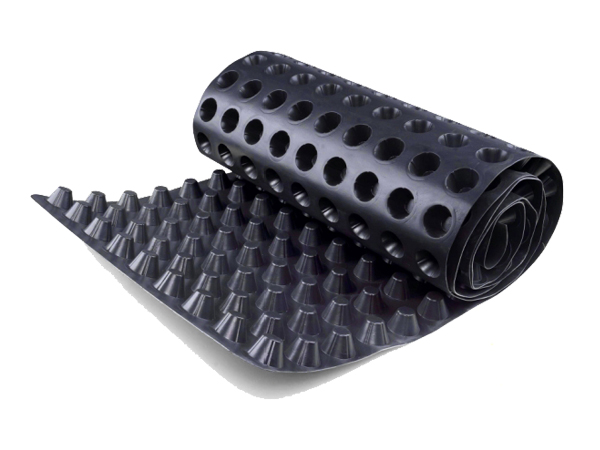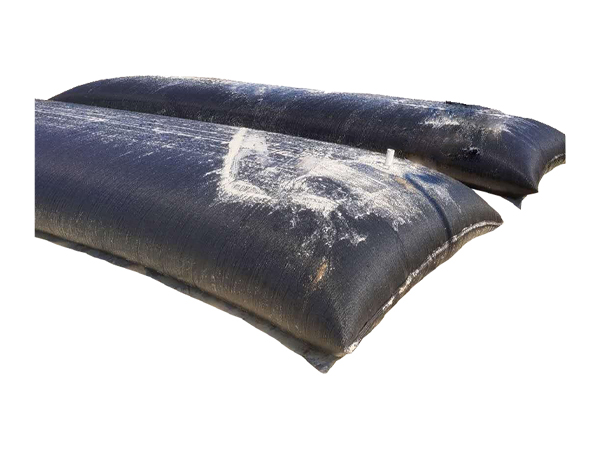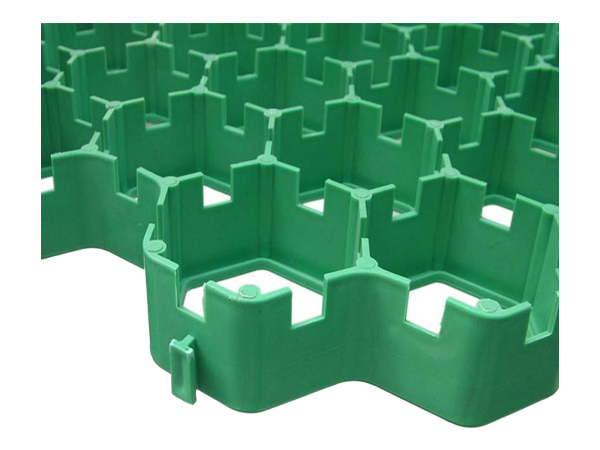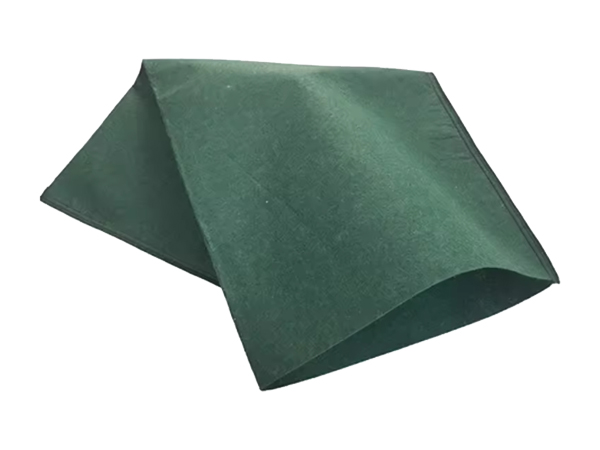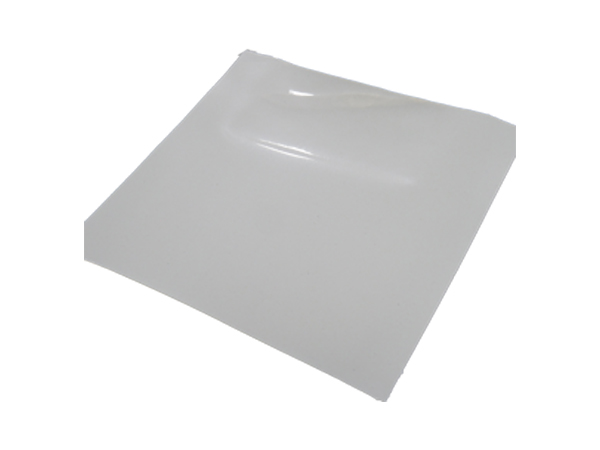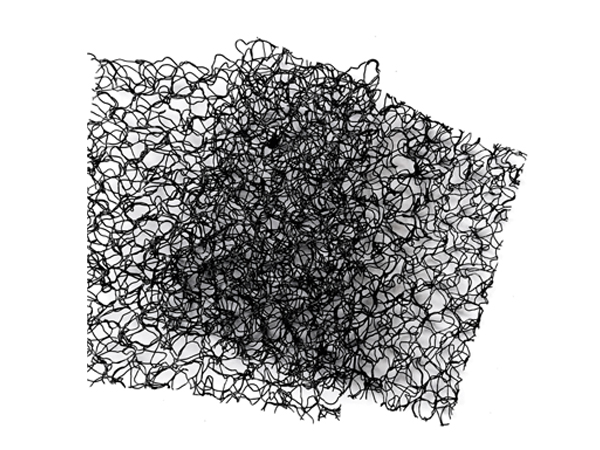1.Understanding the Importance of Geogrids and Geocells
As a professional buyer or engineer involved in civil infrastructure, you often face critical decisions regarding soil reinforcement and stabilization materials. Among the most common products are geogrids and geocells. Understanding what is the difference between a geogrid and a geocell is essential to ensure you select the right solution for your project’s specific needs. This choice impacts not only the structural performance but also the installation process, cost, and long-term maintenance.
Both geogrids and geocells are widely used in geotechnical engineering to improve ground stability, but they differ significantly in design, function, and application. By clarifying these differences, you can optimize your procurement, reduce project risks, and achieve better construction outcomes.
2. Product Definition and Basic Structural Comparison
First, let's define each product and examine their basic structures.
A geogrid is a two-dimensional polymeric grid primarily used to reinforce soils and other materials. It consists of a network of tensile ribs arranged in longitudinal and transverse directions, forming an open grid pattern. These grids are usually made from materials such as high-density polyethylene (HDPE), polypropylene (PP), or polyester. The open structure allows soil or aggregate to interlock with the grid, thereby enhancing load distribution and preventing lateral soil movement.
In contrast, a geocell is a three-dimensional cellular confinement system made from interconnected strips of polymeric material, typically HDPE or similar polymers. When expanded, it forms a honeycomb-like structure with individual cells. These cells are then filled with soil, gravel, or concrete, creating a confined layer that improves load-bearing capacity and erosion control. The 3D nature of geocells offers not only reinforcement but also confinement, which controls soil displacement in multiple directions.
3. Key Functions and Application Differences
Geogrids are primarily designed for tensile reinforcement. They improve the strength and stability of soil by distributing loads over a larger area and restraining lateral soil movement. Geogrids are commonly used in road and railway construction to reinforce subgrade and base layers, in retaining walls, and for slope stabilization. Their high tensile strength makes them suitable for heavy load-bearing applications, particularly where soil needs reinforcement without confinement.
Geocells, due to their three-dimensional cellular structure, offer soil confinement as their primary function. This confinement prevents soil or aggregate from lateral displacement and erosion. Geocells are widely used in applications such as slope protection, channel lining, earth retention, and load support on weak soils. Their ability to confine infill material improves load distribution and reduces soil movement under dynamic loads.
While both products enhance soil stability, geogrids focus on reinforcement through tensile strength, whereas geocells emphasize confinement and lateral soil control. This functional difference dictates their optimal engineering use.
4. Installation and Construction Process Comparison
The installation process also highlights important distinctions between geogrids and geocells.
Installing a geogrid involves unrolling the flat grid on a prepared surface, then anchoring it in place, usually with pins or staples. The geogrid is typically covered with a layer of soil or aggregate, which locks into the grid openings. This process is relatively straightforward and fast, requiring less earthwork preparation. Due to their flexibility and thin profile, geogrids are easier to handle on-site and can be installed over large areas efficiently.
Geocell installation, on the other hand, is more involved. The geocell panel is expanded on-site to form the 3D cellular matrix. After expansion, the cells are filled with soil, gravel, or concrete. The filling material must be compacted to ensure proper confinement. This process requires more labor and time compared to geogrid installation. Additionally, site conditions need to be carefully managed to ensure the cells are fully expanded and properly filled, as incomplete filling can reduce performance.
From a cost perspective, geogrids often have lower upfront installation costs due to simpler deployment. However, geocells may deliver better performance in specific scenarios that justify the additional installation effort.
5. Performance and Durability Comparison
When evaluating what is the difference between a geogrid and a geocell in terms of performance, several factors are critical.
Geogrids typically have very high tensile strength, offering superior resistance to soil deformation under load. Their engineered ribs maintain soil integrity by limiting lateral displacement and accommodating heavy traffic loads. However, because they are flat and open, they offer less confinement than geocells.
Geocells provide excellent confinement and distribute loads evenly over a wider area, reducing stress on subgrade soils. Their 3D structure resists soil erosion and is effective in controlling settlement and soil movement on slopes and embankments. Geocells also improve drainage by allowing water to pass through the cellular matrix, reducing pore water pressure.
Regarding durability, both geogrids and geocells are designed to withstand harsh environmental conditions. They resist UV degradation, chemical exposure, and biological attack. However, the thicker profile and cellular design of geocells can offer enhanced protection against mechanical damage during installation and use.
6. Economic Benefits and Return on Investment
Cost considerations are central to procurement decisions. Understanding the economic differences between geogrids and geocells helps you maximize project value.
Material costs for geogrids are generally lower than for geocells due to simpler manufacturing and less polymer content per unit area. Installation costs for geogrids also tend to be lower because of their straightforward deployment.
However, geocells may reduce overall project costs by enabling the use of locally available infill materials instead of expensive imported aggregates. Their confinement improves soil strength, potentially reducing the need for deep foundations or soil replacement. This can translate into significant savings in large-scale earthworks or slope stabilization projects.
Maintenance costs over the lifecycle should also be considered. Geocell-reinforced structures may require less repair due to improved erosion control and soil confinement, offering better long-term economic returns.
7. Typical Application Case Studies
Road Construction: Geogrids are frequently used under asphalt pavements to reinforce the base and subbase layers, preventing rutting and extending pavement life.
Slope Stabilization: Geocells are favored for protecting steep slopes against erosion and landslides by confining soil and vegetation.
Railway Foundations: Both products are used, but geogrids reinforce the ballast layer while geocells may stabilize embankments adjacent to tracks.
Airport Runways: Geogrids enhance load distribution in runway bases, ensuring durability under heavy aircraft traffic.
Suppliers like PENNPLAN offer a range of geogrid and geocell products tailored for these applications, with customization options to meet specific project requirements.
8. Environmental Impact and Sustainability
Sustainability increasingly influences material selection in civil engineering. Both geogrids and geocells contribute to environmental goals but in different ways.
Geogrids, made from recyclable polymers, help reduce the use of natural aggregates by reinforcing existing soil. This limits excavation and transport-related emissions.
Geocells offer additional ecological benefits by stabilizing soils and preventing erosion, protecting water quality in surrounding ecosystems. Their ability to promote vegetation growth within cells supports habitat restoration and reduces heat island effects.
By choosing high-quality products from suppliers like PENNPLAN, you ensure compliance with environmental standards and contribute to green infrastructure development.
9. Purchasing and Supply Chain Recommendations
When procuring geogrids or geocells, consider the following:
Project Requirements: Match product specifications (strength, cell size, thickness) with soil conditions and load demands.
Quality Certifications: Ensure materials comply with relevant standards such as ASTM or ISO.
Supplier Reliability: Partner with experienced manufacturers like PENNPLAN, known for product quality and customization capabilities
Logistics: Factor in delivery times, packaging, and support services for smooth onsite installation.
PENNPLAN offers a comprehensive portfolio of geogrids and geocells, including custom designs to suit complex engineering challenges. Their technical support can guide you in selecting the most cost-effective and performance-optimized solution.
In summary, understanding what is the difference between a geogrid and a geocell enables you to make informed procurement decisions tailored to your project's demands. Geogrids provide high tensile reinforcement suitable for load distribution and soil stabilization, while geocells offer three-dimensional confinement that enhances erosion control and soil retention.
Choosing between geogrids and geocells depends on your specific application, site conditions, budget, and installation constraints. For expert advice and quality products, consider partnering with PENNPLAN, who can provide customized geogrid and geocell solutions to meet your infrastructure needs.
















